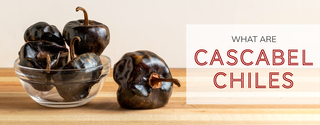What Are Cascabel Chiles
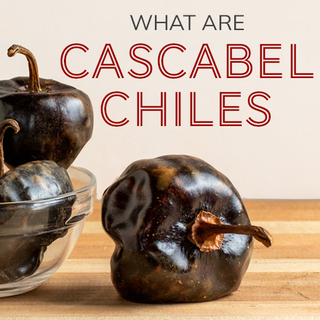
What Are Cascabel Chiles
Cascabel Chile (pronounced “KAS-ka-bel”), Capsicum annuum, are also called cascabel pepper, cascabel chili, or chile cascabel.
These chubby, round peppers are known as bolas or bolitas when fresh. This is due to their appearance; bola means “ball”, and bolita is “little ball”. The name cascabel is almost whimsical. The name means “jingle bell”, and it comes from the rattling sounds the seeds make inside the chile once it’s dried.
Cascabel chiles rank #9 in our top ten Mexican chiles sold to Mexican restaurants and add savory depth at a family-friendly heat level.
All About Chile Cascabel
These peppers are found commonly throughout Mexico but the origins of Cascabel are not clear. It’s fairly certain that they originally came from central Mexico, but there’s no specificity beyond that. Today they are commercially grown in the several parts of the country, from Coahuila in the northeast to central Durango and San Luis Potosi, to western Jalisco and Guerrero.
Cascabels look playful and cute, and since they measure 1,500-2,500 Scoville Heat Units, they have a friendly, mild level of heat. They do have a slight edge, though. This chile isn’t sweet but a bit acidic, slightly smoky, and woody, with undertones of tobacco and nut.
The diversity of size, heat, flavor, and shape of Mexican chiles means it takes a while to grasp which peppers are right for you. The first step is to learn the difference between fresh and dried chiles and how their names change once they’ve been dried. We're here for you if you want more information about Cascabel chiles.
Spices, Inc. has been sourcing, processing, and selling Mexican dried chiles since 2008. Our dried chiles are used in dishes in Mexican restaurants, cooked into small-batch hot sauce, steeped in microbreweries tanks, and ready at the fingertips of home cooks.
During our more than ten years in the chile business, we’ve become very well acquainted with Mexican dried chiles. We have learned the specifics regarding the flavor and heat of individual chiles, like the Cascabel. We’d love to tell you more about this lesser-known chile pepper, like how to prepare and cook with them. We’ll let you know how to store them, how and where to shop for peppers, and what to look for in a good Cascabel chile.
| Ingredients | Cascabel chiles |
| Also Called | Cascabel pepper, cascabel chili, or chile cascabel |
| Recommended Uses | Use these in casseroles, enchiladas, fajitas, salsas, sauces, soups, stews, tamales and tacos |
| Flavor Profile | Acidic and slightly smoky with tobacco and nutty undertones |
| Scoville Heat Units | 1,000 – 2,500 SHU |
| Botanical Name | Capsicum annuum |
| Cuisine | Mexican |
| How To Store | Airtight container in a cool, dark place |
| Shelf Life | 1-2 Years |
| Country of Origin | Mexico |
What Does a Cascabel Pepper Look Like?
The Cascabel is a plump, round, smooth, small chile that resembles a cherry pepper. They are about 1½ inches in diameter. When dried, the color darkens to a deep reddish-brown, and it has a thick, almost shell-like skin.
What Kind of Pepper Is Cascabel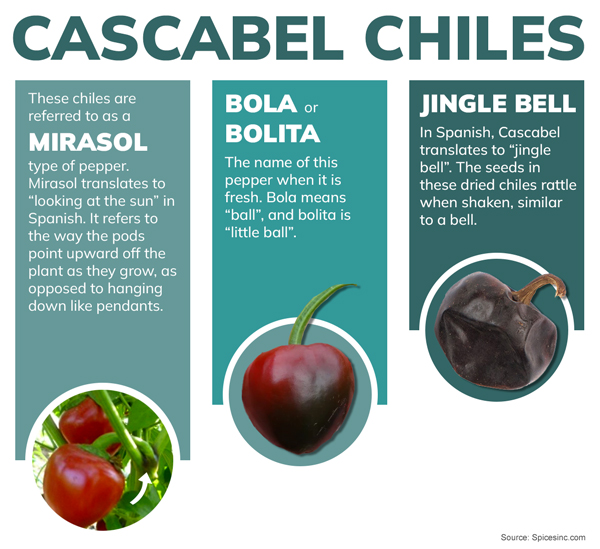
Cascabel chiles are one of the Mirasol cultivars. This name can cause confusion, especially when trying to understand how chiles are grouped or distinguished. Botanically speaking, they are part of the Capsicum annuum family, one of the five species of pepper cultivated for human consumption.
There are different subgroups of chiles focused on specific characteristics of plants, of which mirasol is one. Mirasol translates to 'looking at the sun' in Spanish. It refers to how the pods point upward off the plant as they grow, instead of hanging down like pendants. Several peppers are a mirasol varietal, like Colorado’s pueblo chile or the Costeno Rojo.
Here’s where things can get tricky. There is also a Mexican pepper that, when fresh, is called a mirasol. When it’s dried, it’s called the Guajillo pepper, which is one of the best-selling Mexican dried chiles available.
A Cascabel is a mirasol in terms of its growth pattern, but it is not the same mirasol pepper as the one that will become a Guajillo.
Cascabel Chile Flavor
Cascabel peppers are acidic, slightly smoky, and woody, with tobacco and nut undertones.
Cascabel Chile Scoville
These chiles are considered a mild heat chile and come in at 1,000 to 2,500 Scoville Heat Units (SHU).
How to Use Cascabel Chiles
Traditional Mexican cuisine chefs and home cooks like to pair the Cascabel chile with Mexican chiles such as Ancho, Pasilla Negro, Guajillo, and de Arbol. Its nutty, woody, acidic flavor is a terrific complement to sweeter and fruitier peppers and helps create complex flavor profiles, whether powdered or rehydrated and pureed.
The nutty taste of roasted Cascabels also pairs well with acidic ingredients like tomatoes or tomatillos. We like to use Cascabel peppers in casseroles, enchiladas, fajitas, salsas, sauces, soups, stews, tamales and tacos. One of our favorite recipes using Cascabel chiles is Birria Stew.
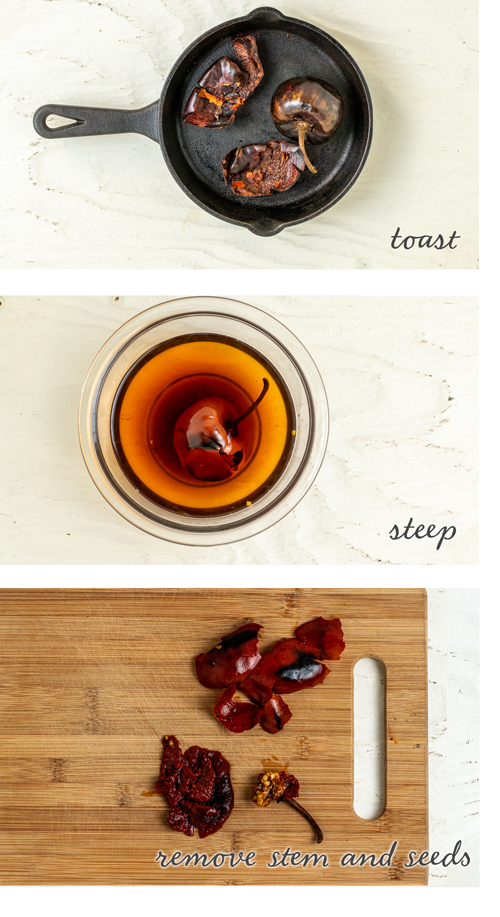 How To Toast
How To Toast
Toasting chile peppers is a fast and efficient way to boost flavor; applying gentle heat “wakes up” the dormant volatile oils in a pepper’s skin. Place whole Cascabel chiles in a dry pan warmed up over medium-high heat. Let them toast for 20-30 seconds. Gently shake the pan in a circular motion to allow the round peppers to toast and prevent burning.
They should start to smell earthy and nutty, and the skin will puff a bit if they start to smell acrid or blacken; remove them from heat right away.
Once peppers are toasted, you can grind them into flakes for powder or rehydrate them in hot water.
How To Deseed
Deseeding will only be necessary if you are rehydrating your peppers. Please see that section for more information.
How To Rehydrate
Cascabel peppers have a very thick skin. Once you have toasted your chiles, take a knife and poke some small holes in the top and bottom of the pepper to allow water to flow into the pepper. Please put them in a heatproof bowl and cover them with boiling water. These little round peppers will want to bob up, so make sure you have something like a plate that you can use to weigh them down.
Let them soak for 30 minutes in hot water. Drain the chiles; the water will be bitter and unappealing, so discard it right away. Pull off the stems and crack the peppers open. The skins will pull away from the meat of the pepper. Seeds can be scraped right off the meat as well.
Place the soft chiles in a bowl. The skins are very tough and leathery even after soaking, so we do not recommend using them once you’ve removed the innards of the chile. The soft, rehydrated pepper can be used right away as a mash or paste.
How To Make Cascabel Chile Powder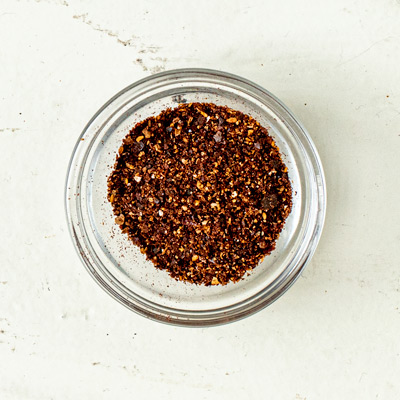
After toasting your Cascabel peppers, let them cool down so you can handle them. Pop the stems out of the tops of the peppers, and pull the peppers to pieces. You do not need to deseed the peppers, though many seeds will fall out when you pull the peppers open.
Put pieces of Cascabel in your spice grinder. They have a thick skin, so we recommend you use an electric grinder rather than try to pulverize your Cascabels manually. Grind to desired consistency and use immediately or store in an airtight container for future use.
We strongly recommend making powder from Cascabel chiles over rehydration.
How Long Will They Last?
If you store your dried Cascabel peppers properly, they will remain viable for 1-2 years. Put whole chiles in a glass or plastic jar with an airtight seal in a cabinet, away from heat and moisture. They should be kept out of direct sunlight in an opaque container.
How to Store
To keep them in good shape, we recommend storing your peppers far away from the oven or stove. Cooking raises the ambient temperature around a cooktop, meaning anything near your stove will experience an increase in temperature, too. Dried chiles retain about 10% of their original moisture, so the higher heat can cause them to sweat. An airtight container will prevent the sweat from escaping, so it will lay on the pepper. This can introduce mold and mildew into your storage and destroy your peppers.
Cascabels will feel dry to the touch and solid. Their skin is tough and leathery and a rich, deep brown. They smell faintly of pepper, with a hint of nuts. They should be almost entirely intact due to the thickness of their skin.
If Cascabels are broken, have gotten very hard, or look moldy or mildewy, they should be discarded.
Cascabel chiles can be successfully stored in a tightly controlled environment for 2-3 years. The temperature in the storage area should remain pretty steady, between 60-72°F, and with low humidity. Chiles should be in plastic or glass jars, not bags. The jars should ideally be opaque to prevent the intrusion of direct sunlight. Under these conditions, Cascabel peppers should remain viable for 2-3 years, but these are complex guidelines to maintain. We believe that a 1-2 year storage life is a reasonable expectation for these chiles.

Cascabel Chile Substitute
Rich and complex Nora chile, 500 SHU, can be used as a substitute for Cascabel chiles (1,500 – 2,500 SHU), though you might want to add a pinch of Cayenne pepper to the Nora chiles to compensate for their lower heat.
Costeno Rojo chiles are significantly hotter, measuring 5,000-15,000 SHU, but they share the nutty flavor quality of the Cascabel and have complex underlying flavors. Use this substitution cautiously due to the difference in heat.
What to Look for When Buying Cascabels
Cascabel chiles should be a deep, robust brown. They are small, round chiles with mostly smooth skins, though there may be some dimpling in the chile during drying. Thanks to their thick skins, they should be overwhelmingly intact. They will have a light smell, vaguely woody and nutty.
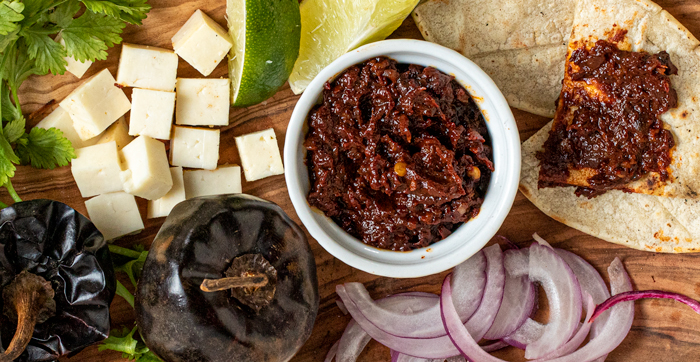
Where to Buy Cascabel Chiles
Cascabel chiles are available for sale in Mexican markets, some grocery stores, and big-box and online specialty retailers. These shopping environments offer various positives and negatives.
Mexican markets usually employ people with experience with chiles and can offer advice on their use and storage. Their practical knowledge can guide customers to the right chile for the job.
The size of these markets often works against them. They tend to have lower traffic than other retail outlets, and their products don’t move as quickly. Softer turnover means dried chile peppers sit on shelves longer, which diminishes the after-purchase viability for the consumer. They also lack the leverage to negotiate for lower wholesale prices and have to charge more to the consumer to make their profit margins. 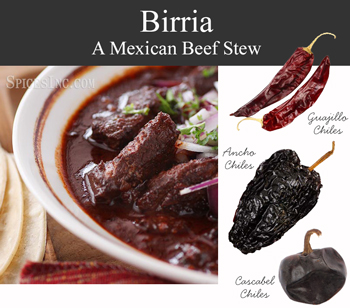
Larger chain grocery stores do have wholesale purchasing clout. They can buy in bulk for less, which means they can charge less at the register and still make their target profit. Selections in these stores are usually limited to better-known dried peppers because buyers are looking for the most popular chiles to distribute to many stores. Furthermore, grocery store buyers, sales clerks, and stockers are often not educated about chiles. With a limited knowledge base, they may sell mislabeled peppers, and they are usually not a good resource if a customer has questions.
Big box online vendors have the appeal of convenience. They offer a wide array of goods for sale and chile peppers for one-stop shopping. They offer perks like free shipping, and their presence on the internet means you can order from them 24/7. These retailers are often fulfillment warehouses for third-party vendors, which means there is no oversight regarding product freshness or knowledge. There is no one to contact if you need clarification about a pepper. Customer service is often conducted almost exclusively via email. And it can be tough to initiate returns with third-party vendors if there is a problem with orders.
Online specialty vendors usually build their business on product knowledge and selection. Businesses like these are built by educating their employees, and their hands-on experience means they can help make sense of the ocean of information surrounding dried chile peppers.
Specialty vendors develop effective practices for the prompt selection and shipment of their products. With employees familiar with chiles down the line, from customer service and order placement to the shipping department, customers can feel confident that they’re ordering the peppers they need and will get them.
There is a mountain of information surrounding dried Mexican chile peppers, but once you understand what to look for, you’ll find that they are indispensable to great food. They are adaptable to cuisines worldwide and offer an enormous range of flavor profiles and heat rangers. We hope this exploration into the Cascabel pepper has opened the door to a more profound interest in Mexican chiles.

